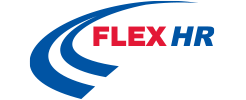How HR Can Manage Employee Expectations When a Merger or Acquisition is Announced
Mergers & Acquisitions (M&A) happen on occasion and the transition period is crucial. HR subject matter experts in M&As are brought in to carefully facilitate the integration and transaction process.
Employee angst as to the future of their role, or lack thereof, with their current employer becomes top of mind for staff.




















